These are to certify whom it may concern that Isaac Loeffs MA of the last year and Fellow of PeterHouse Cambridge is of a godly life and conversation orthodox in judgment and well affected to the parliament In witness whereof I have subscribed my hand La Seaman Magr CSP Dated Sept 9 1648. After this follows the Latin testimonial of Henry Rich Earl of Holland Chancellor of the University of Cambridge dated Dec 9 in the same year certifying that Mr Isaac Loeffs was admitted to the degree of MA at the appointed time and annual commencement in 1648 and that he was a discreet person whose learning good life and laudable conversation qualified him for that degree and could not be called in question by the envy of slanderous or malice of insidious persons &c. In the year 1652 Mr Loeffs was presented to the living of Shenley in Hertfordshire vacant by the resignation of Mr Stephen Jones in 1650. The patron of the living was John Crew, of Crew, in the county of Chester, Esq, who had transferred the right of nomination to three of the parishioners from whom Mr Loeffs received a legal presentation. Mr Loeffs continued in possession of this living till the Restoration when he was ejected for nonconformity. Som e time afterwards he came to London and was chosen lecturer of St Magnus, LondonBridge but was deprived of this situation also by the act of Uniformity in 1662 After this as Dr Calamy informs us he became assistant to Dr Owen in his gathered church. It is probable however that he was co pastor with Mr Clarkson whom he succeeded. In the church book his name stands in the list of pastors immediately after the latter. We know nothing further concerning him excepting that he died July 10 1689. Mr Loeffs published a treatise on The Soul's Ascension in a State of Separation in 1670.
Saturday 23 October 2021
Isaac Loeffs d 1689
This is another man mentioned by Harding
Rev Isaac Loeffs (d 1689), the Rector of Shenley from 1650 to 1662, was a lecturer at the Church of St Magnus in London, at that time a Congregational foundation. He suffered ejection but appears to have remained at Shenley. He was known to have been preaching in 1669 at St Albans, Elstree, Codicote and Ridge. About 1675 he removed to London and acted as assistant to a famous congregational minister, Dr Owen/
From elsewhere we learn that Loeffs was educated in Peter House, Cambridge of which he became Fellow Dr Calamy has preserved the following testimonial to his character while at the University by Dr Lazarus Seaman Master of the College.
Dr Edmund Staunton 1600-1671
Harding also mentions Edmund Staunton, DD (1600-1671). He began his career in Bushey and for some years preached in West Hertfordshire. Later, as President of Corpus Christi College, Oxford, he suffered ejectment under the Act of Uniformity and withdrew to Rickmansworth. Later he removed to St Albans where he continued to preach “by Stealth, and in face of the penal laws against him.” Dr Staunton was a member of the Westminster Assembly. He died on 15th July 1671 and was buried two days later in the yard of the parish Church at Bovingdon.
A much fuller biographical note and other information can be found here.
Sunday 17 October 2021
William Haworth d 1703
Harding also has this to say about William Haworth
Another pioneer of Congregationalism in St Albans at this time was William Haworth, minister of St Peter’s Church from 1660 to 1662. His stay was marked by one very tragic happening. On 4th May 1662, just three months before the Act of Uniformity became law, Haworth was called from St Peter's to the Abbey to conduct the funeral service of a Mrs Tervil, one of his own parishioners. During the service, the proceedings were rudely interrupted by the entry of a Major Crosby “swearing in a furious manner, calling them rogues and rebels, and directing his speech to the preacher” and ordering him out of the pulpit.21 Leaving the Abbey, Crosby returned at once, flourishing a pistol and accompanied by an armed constable, threatened the minister. At this, one of the congregation, John Townsend stepped forward to intervene and was shot dead by the irate officer. Instead of arresting Crosby, the constable took Haworth and other members of the congregation into custody. When the prisoners were brought to trial Haworth was imprisoned, but no action whatsoever was taken against Crosby. The judge who acted in so infamous a manner was Sir Harbottle Grimston.
Released from prison, Haworth was obliged to leave St Albans. He retired to Hertford, where we find him ministering in secret to a small company of Independents until 1672, and then as the appointed minister until 1703. At Hertford, Haworth succeeded a John Singleton, MD who was ejected from Oxford in 1660 for his nonconformist sympathies. The Congregational Church in Hertford, situated in Cowbridge, still have in their possession the original church book, dating from 1673. A former minister of the church there, states that the book “...is worn and discoloured by age and the writing is not always easy to decipher...unfortunately the pages that contained the record of Mr Haworth's ministry are missing; but from the list of members, which was written by Mr Haworth, we may surmise that the district was large and the work heavy.”
A memorial tablet in the vestibule of the present building bears the inscription:
The Congregational Church assembling in this place was instituted AD 1673.
The Rev William Haworth of St John's College, Cambridge,
afterwards Vicar of St Peter’s, St Albans, was the first pastor.
Haworth died in January 1702/3 and was succeeded in the pastorate by Mr (later Dr) John Guyse who remained until 1727, when he proceeded to a church in New Broad Street, London. As regards the church itself, Turner, a local historian of the early nineteenth century, has this to say: “The Independent Chapel is situated at Cowbridge. It is a freehold, secured to the Protestant Dissenters of this faith and order; and comprises a neat and commodious building, fitted up with galleries, capable of accommodating about 500 persons. The first Independent or Congregational Church in England was established in the year 1616, and there is every reason to believe that a chapel for their accommodation was erected in Hertford shortly after that period.”
(Haworth or Hayworth was born in Preston)
Job Tookey 1616-1670
In his book on Independency in St Albans F A J Harding speaks about Tookey. He says that
During the Commonwealth, a number of clergymen ministered in St
Albans; some of whom were afterwards ejected from their livings under the act of
uniformity, 1662.
He mentions George Newton, MA, 1664 (ejected from Taunton)
John Geree, MA, 1646-1648
Job Tookey, MA, 1649 (ejected from Yarmouth)
John Oliver, 1653
Richard Roberts, MA, 1655 (ejected from Cullesden, Surrey)
Nathaniel Partridge, 1657 (ejected)
St Peter’s Church
Robert Tirling, 1644-1645
William Rechford, 1647-1659
William Haworth, 1660 (ejected) Richard Lever, M.A.,1646-1649
Simon Smyth, 1650
Edward Withnell (ejected) George Newton, M.A., 1644
John Lesley, 1645-1656
Nathaniel Partridge, 1657-1660
He then focuses on the founder
of Congregationalism in St Albans, Job Tookey, who, according to
Calamy was preacher at St Albans in 1648, and “gathered a Congregational
church there.” Urwick (Nonconformity in Herts) adds, “The first Congregational church in St Albans
was gathered in St Albans Abbey.” Notice that both commentators use the
word “gathered”. This is a basic congregational principle, which denotes that those forming that particular assembly of worshippers are “gathered” round
Christ, Who is at the centre of the Church.
The church meeting in St Albans
Abbey under the ministry of Rev Job Tookey was truly “congregational” for the
reasons that, being a “gathered” church, the congregation, as directed by the
Holy Spirit, was a sovereign body and independent of outside control,
humanly speaking; and Job Tookey himself, was appointed minister by the
citizens of the town. This independency of action claimed by
Congregationalists, earned for their assemblies the title of Independent
Churches.
Spicer Street Chapel, the present-day direct descendent of the
Abbey Congregational assembly, is still known as the Independent Meeting
House. By way of further explanation, the late Dr A M Fairbairn might be
quoted: “While Congregational denotes the normative principle and
constitution of the society, Independent simply describes the relation in which
all societies so constituted must stand to every authority external or foreign.
The term in its oldest historical use expresses the right of the churches to be
independent, as regards interference from without, in order that they might be
free to live under the sole authority of Christ. And so Independency here
means freedom; ‘free’ is the modern synonym of ‘independent.’
The appointment of Job Tookey as minister at the Abbey was made
easier by the fact that the citizens of St Albans were, in truth, the owners of
the Abbey Church and were, therefore, in a position to appoint whoever they
liked to the living. They were no doubt influenced in their choice by reason of
Tookey’s personal piety and general trustworthiness as well as their desire to
get rid of the risk of having one of Laud’s nominees. Tookey’s two
Commonwealth predecessors at the Abbey, Newton and Geree, while chosen
by the citizens, do not appear to have held the principle of the “gathered
church” as did Tookey, and it is for that reason we fix on him as the originator
of the Congregational manner of worship and church government.
It may be well at this juncture to explain how the Abbey came into the
possession of the citizens. After the expropriation of church lands and
buildings by order of Henry VIII, all such property became vested in the crown;
in 1553, however, the townspeople of St Albans were able to buy the building
for £400 to convert it into a parish church and grammar school, the latter
being conducted in the Lady Chapel. This purchase was made possible by a
charter granted by Edward VI on 12th May 1553. The charter provided, to
quote Clutterbuck, that “in consideration of the sum of £400 and a yearly fee
farm rent of £10 paid to him by the inhabitants of the borough, granted the
same, together with the advowson and right of patronage thereto belonging,
to the Mayor and Burgesses of St Albans for ever, to serve as the parish
church of the borough...” This bargain was confirmed by a clause in the
charter of incorporation granted to the Borough by this monarch. The fee farm
rent was afterwards redeemed by the inhabitants of the Borough on 30th July
1684, for £200...
Records of Job Tookey's ministry are few, but of great interest. In 1650,
the year following the execution of Charles I, commissioners appointed by
Parliament to enquire into the state of the Ecclesiastical Benefices, found by
their inquest that “this Rectory was... sequestered from one John Browne; and
that Mr Job Tookey, an able and godly minister, officiated the Cure”. A few
items in the Parish Registers established Job Tookey’s stay in St Albans: -
“May 26 1650 (born March 10), Job, son of Mr Job Tookey, Minister”
“November 16 1651 Hannah, daughter of Mr Job Tookey” Other daughters were Martha, Rebecca and Sarah. His son Job, according to
Calamy, went to the north of England and turned out to be a scapegrace. A
grandson, Thomas Tookey, was minister of the Yarmouth Congregational
Church 1711-1724.
After about five years Tookey removed to
Yarmouth, where he became the teacher of a Congregational Church with Bridge as pastor until
ejected under the Act of Uniformity 1662. In 1665, he came to London and
died there in 1670. (He was a graduate of Immanuel, Cambridge, a Puritan college.)
Subscribe to:
Posts (Atom)
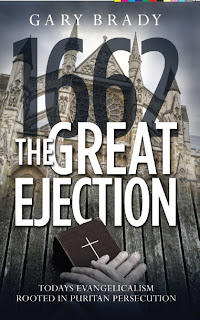
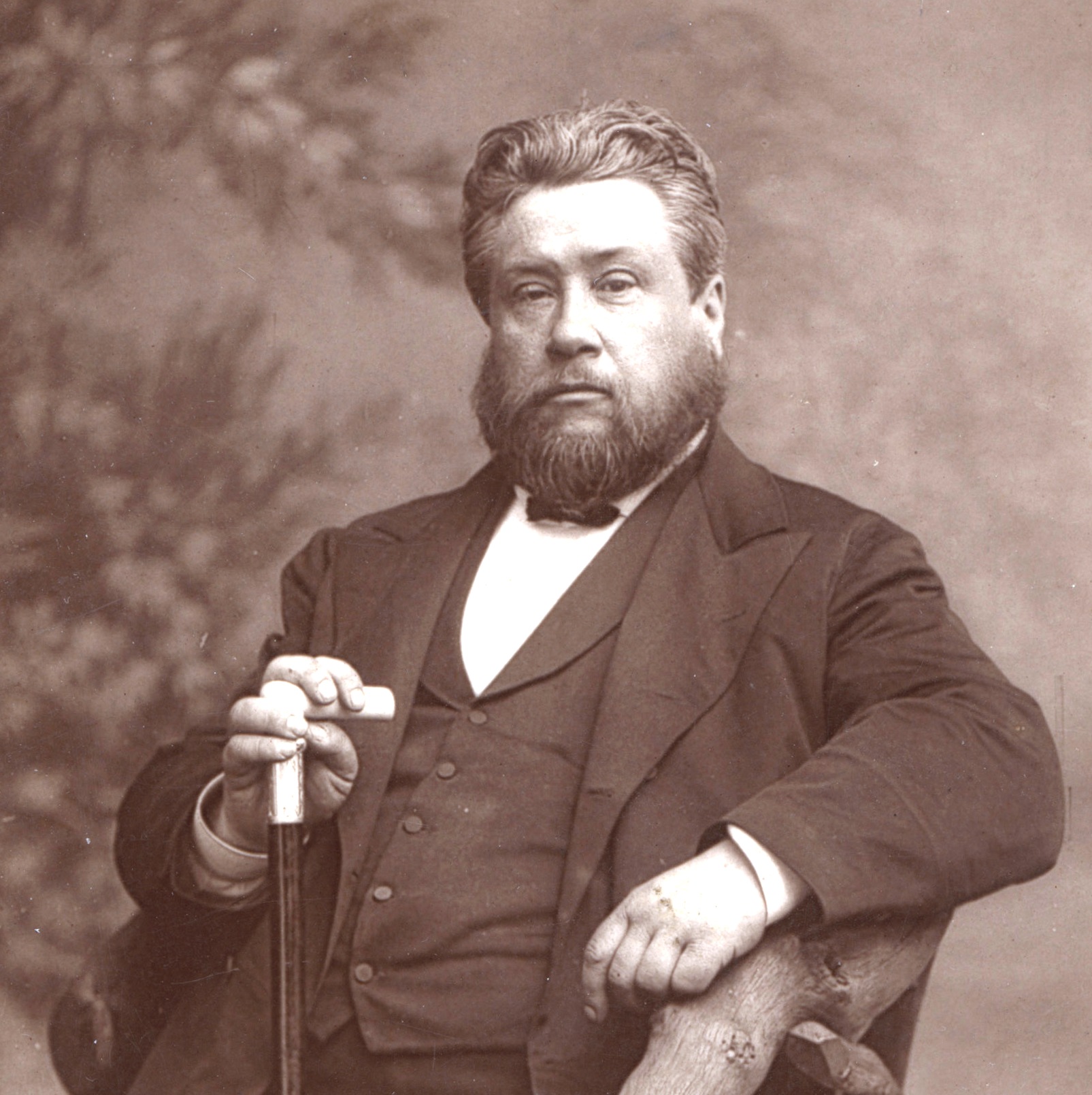
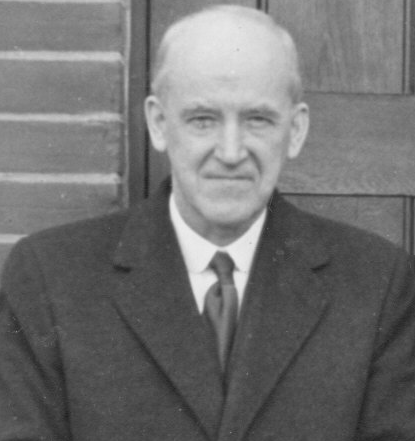
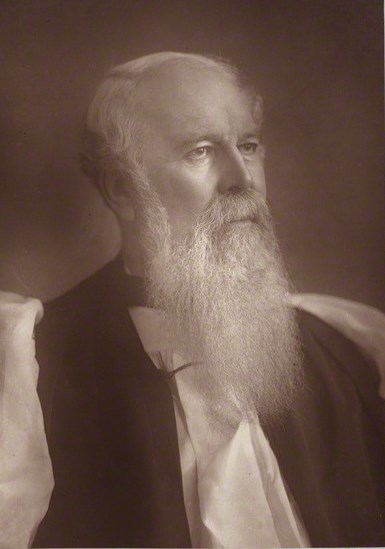





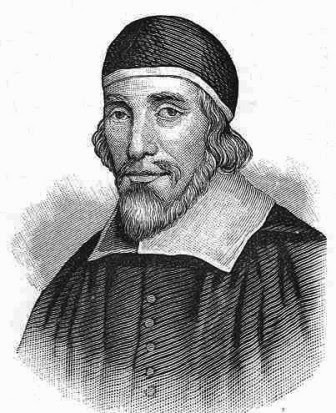



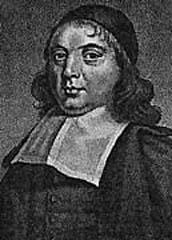

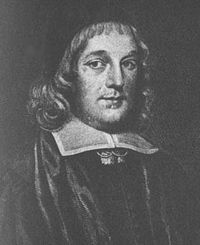
.jpg/220px-Thomas_Watson_(Puritan).jpg)
